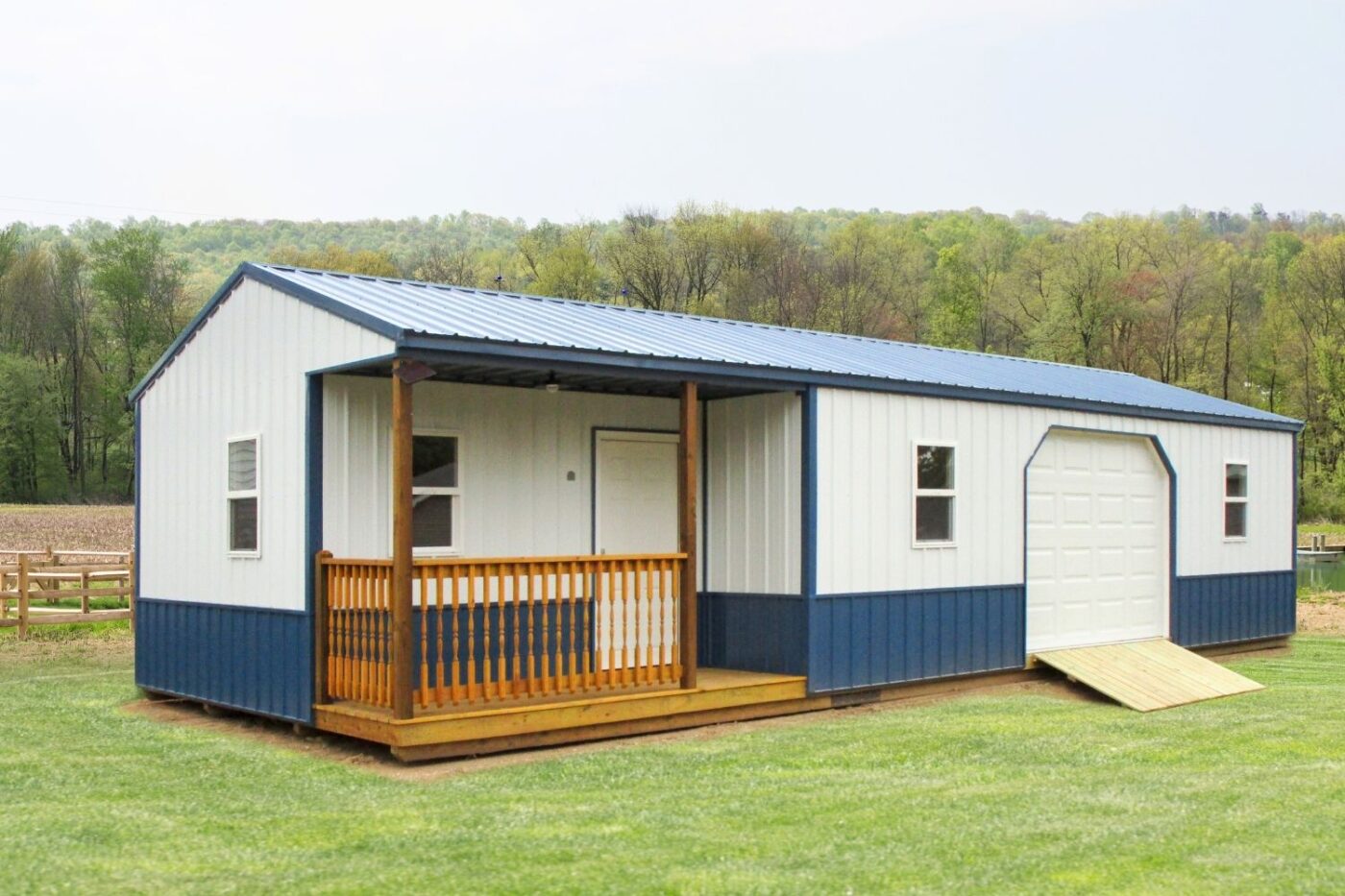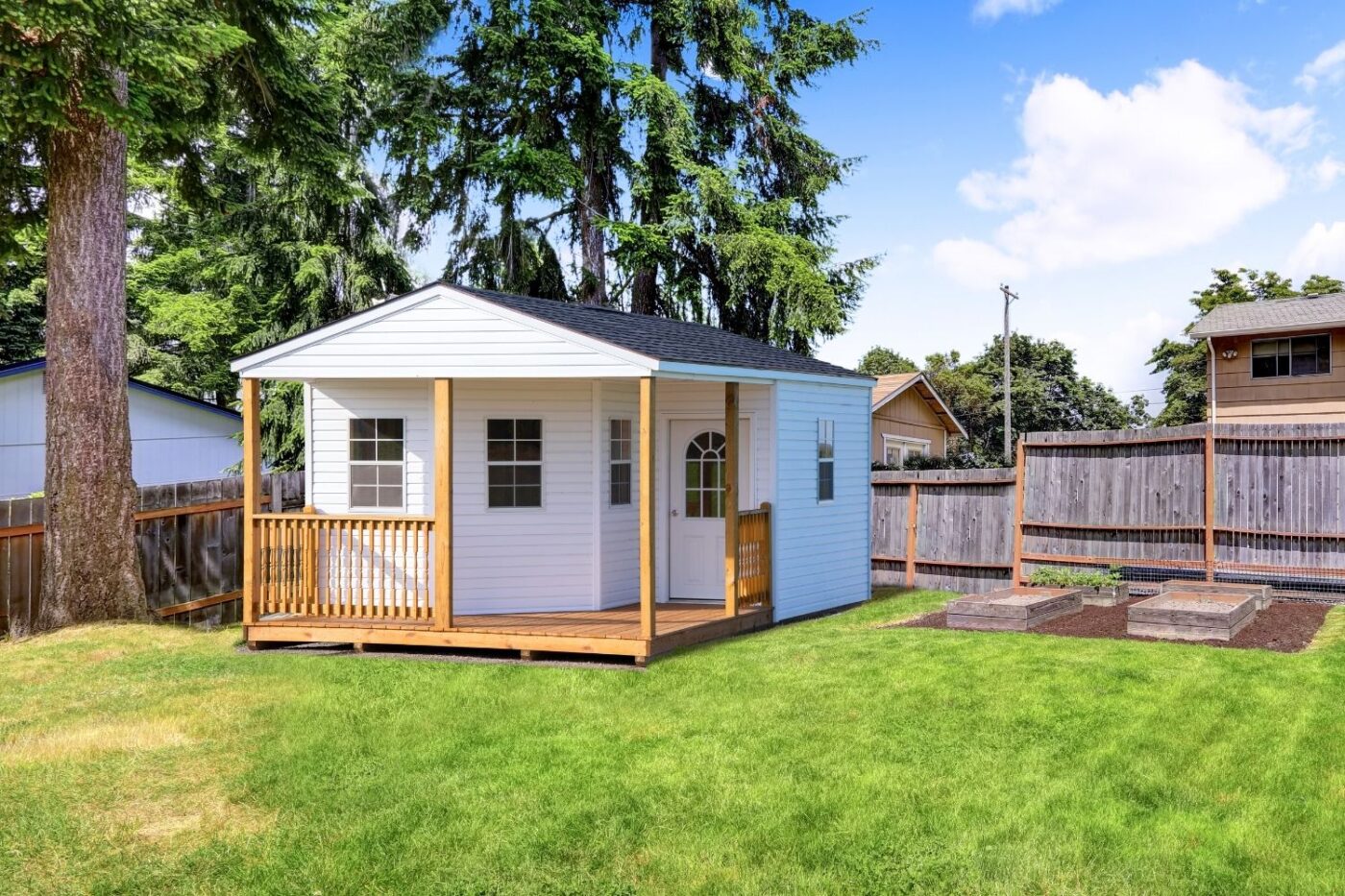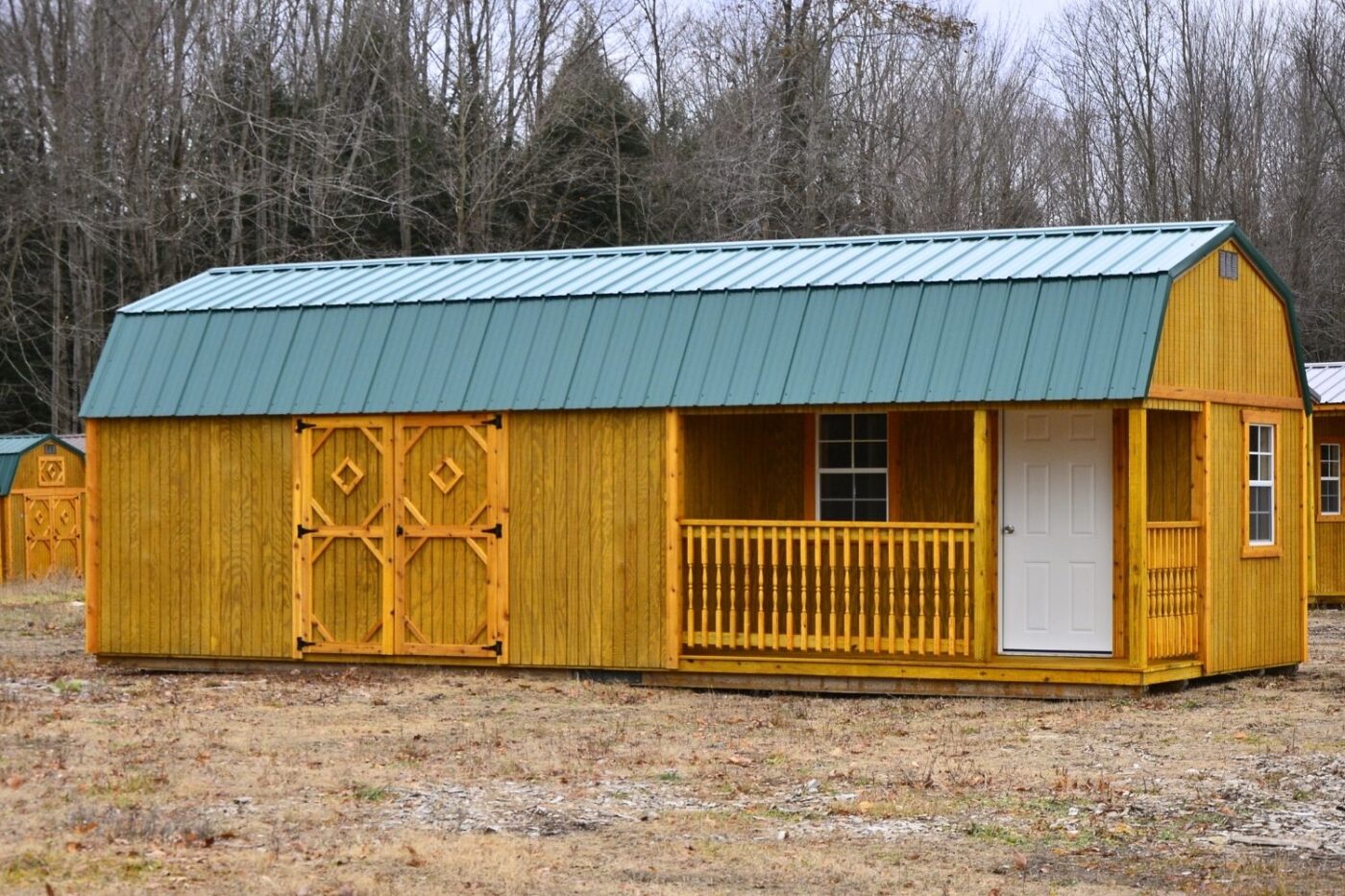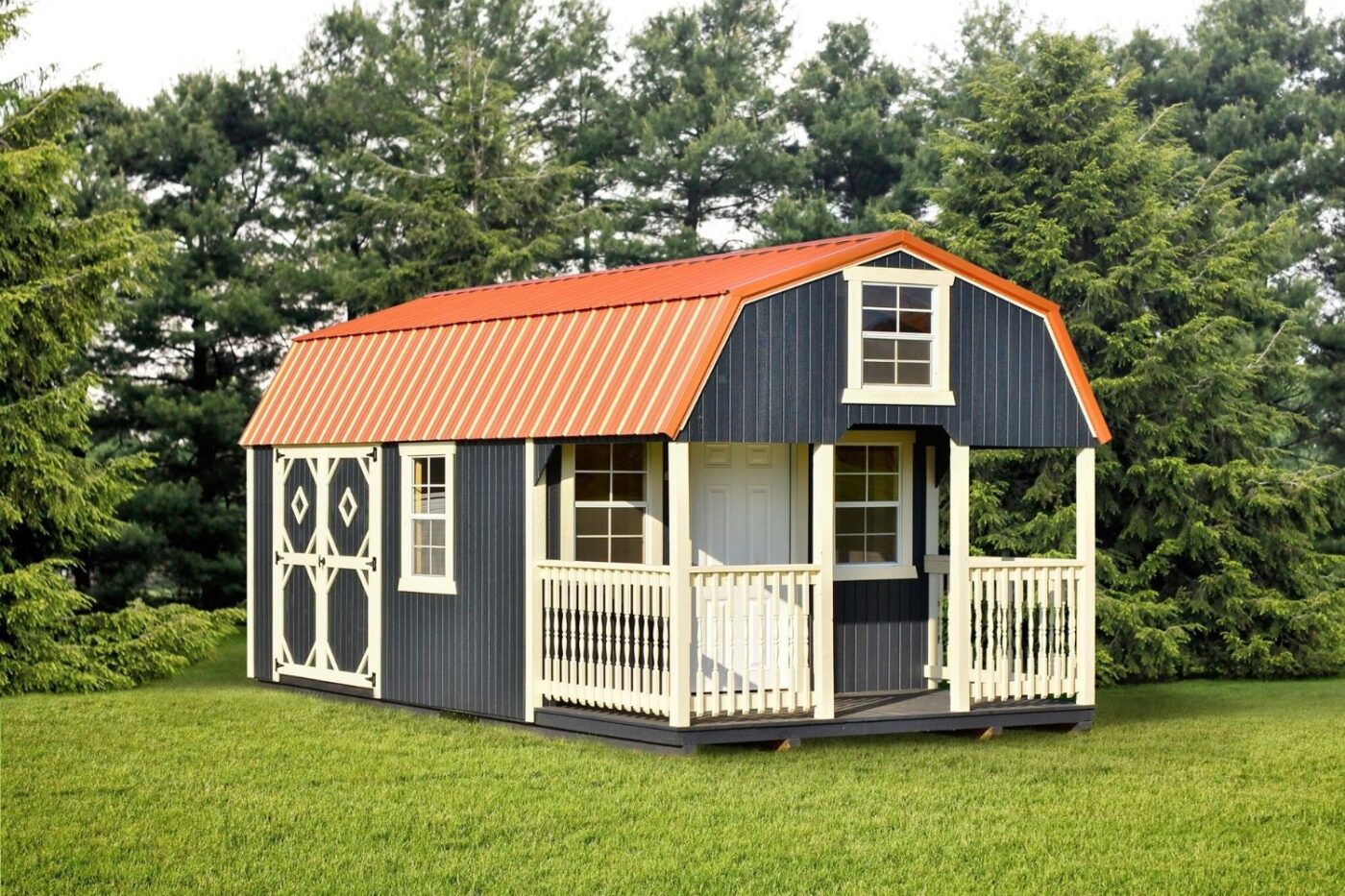ABOUT US
CONTACT US
LOCATIONS
INVENTORY
FREE QUOTE

Buying a home in today’s market feels more out of reach than ever. Between climbing property prices, high interest rates, and limited inventory, many individuals and families are finding it harder to secure a place they can truly call their own. As traditional housing becomes increasingly expensive, people are starting to explore alternative ways to live comfortably without incurring massive debt. Whether it’s a shift in lifestyle, financial necessity, or a desire for simplicity, alternative housing options are gaining real traction.
This article is meant to help you understand what small, affordable homes alternatives look like, especially small, cost-effective dwellings like tiny homes and cabin-style structures, and explore how these options might fit your needs and budget.

Affordable housing refers to living spaces that don’t stretch a household’s budget too thin, typically allowing people to cover basic needs like food, transportation, and healthcare while still keeping a roof over their heads. It’s an important piece of the puzzle when it comes to stable, sustainable living, especially as the cost of real estate keeps climbing. For many, including retirees on fixed incomes, young adults starting out, or folks looking to downsize after raising families, finding a reasonably priced place to live can make all the difference.
Unfortunately, traditional homeownership often comes with steep hurdles: rising mortgage rates, large down payments, and strict lending requirements. These challenges are pushing more people to seek out simpler, more affordable alternatives that better fit their lifestyle and financial situation.
Choosing a nontraditional home can be a smart move for those seeking to reduce costs without compromising comfort. Unlike conventional houses, which often come with hefty mortgages, high utility bills, and ongoing upkeep, alternative housing options offer a more manageable path to homeownership. These compact living spaces are typically easier on the wallet and require less day-to-day maintenance, which appeals to people who prefer a simpler way of life. On top of that, many of these homes, especially tiny and modular ones, can be relocated or adapted to different settings, giving owners more freedom to move or travel without being tied down. It’s this mix of affordability, ease, and flexibility that makes alternative housing an attractive option for a growing number of people.

Tiny homes have gained a lot of attention in recent years as small, affordable homes, offering a compact and efficient way to live without the financial weight of a traditional house. Typically under 400 square feet, these small dwellings are thoughtfully designed to make the most of every inch. While prices can vary depending on design and features, many tiny homes fall within a much lower cost range than standard homes, making them an appealing option for budget-conscious buyers.
Along with the savings, they often use less energy, are easier to maintain, and encourage a simpler, clutter-free lifestyle. People use tiny homes in a variety of ways, from permanent residences and weekend retreats to backyard guest houses and short-term rentals. Their versatility and affordability make them a practical solution for anyone looking to rethink the way they live.
Cabin-style tiny homes bring a cozy, woodsy feel that sets them apart from other small-space living options. With their natural materials, warm tones, and classic architecture, these homes offer a timeless look that blends beautifully into country landscapes or mountain settings. They’re especially popular among those who want a peaceful retreat or a home that complements its natural surroundings.
What makes them even more appealing is the variety of layouts and features available, from lofted sleeping spaces and front porches to wood-burning stoves and large windows that frame the view. Whether used as a weekend getaway or a full-time home, cabin-style tiny houses combine simplicity with character, offering comfort without sacrificing charm.
These homes are built off-site and transported to their final location, often saving time and money. They come in a range of styles and sizes, making them a solid choice for families or individuals looking for affordable, permanent housing.
For those who want mobility and flexibility, RVs and converted vans provide a home on wheels. They’re great for travel, temporary living, or minimalist lifestyles. Many are outfitted with essentials like beds, kitchens, and small bathrooms.
Built from steel containers, these homes are durable, modern, and highly customizable. They can be stacked, combined, or finished in a variety of ways, offering a creative and eco-friendly housing solution.
Financing a tiny or cabin-style home may seem tricky at first, especially since these types of structures don’t always qualify for traditional mortgage loans. However, there are several alternative financing routes that can make ownership more accessible:
When creating your budget, it’s important to consider more than just the home itself. Be sure to factor in delivery costs, site prep, utility hookups, and interior finishes. Getting pre-approved or discussing your financial situation with a lender early on can give you a clear picture of what’s realistic and help prevent unexpected expenses. While these homes are typically more affordable than traditional builds, the right financing plan can make them even more manageable, bringing your dream of simple living one step closer.

Making the transition to a tiny or cabin-style home can be a rewarding shift, but it comes with important factors to consider ahead of time. From legal zoning issues to space limitations, understanding the full picture will help you make a confident and informed decision. Below are key areas to think through before making the switch.
In the end, small homes offer a chance to live more simply and affordably, without being tied to a large mortgage or high maintenance costs. They provide flexibility, freedom, and a lifestyle that many find deeply fulfilling.

If you’re considering a budget-friendly home solution with more character and flexibility, our customizable cabins are worth a closer look. These cabins combine durability with a rustic aesthetic, offering the charm of a cabin with the practicality of extra space. Whether you’re looking for a small starter home, a hunting cabin, a guest space, or even a cozy home office, these prebuilt cabins come in various sizes and styles to match your needs. Built with quality craftsmanship and customizable features, our cabins are a smart investment for anyone exploring alternative living. Ready to start your journey? Browse our available cabin models or request a free quote today.